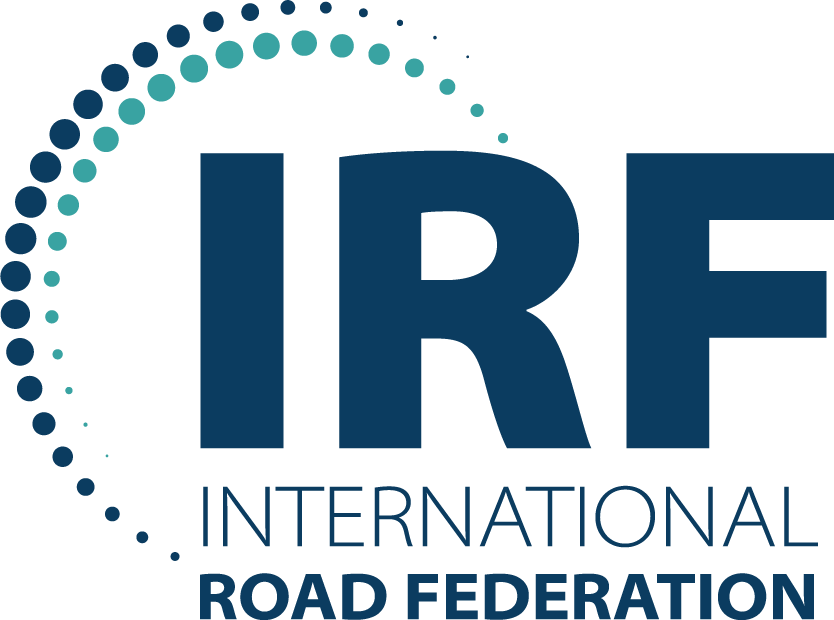AFGHANISTAN
ROAD SAFETY PROFILEThe ATO road safety profiles offer insights into the road safety in 37 Asia-Pacific countries by utilizing road safety related data from various sources and policy information extracted from a range of documents.
These road safety profiles were developed by the Asian Transport Observatory in collaboration with the Asia Pacific Road Safety Observatory (APRSO) and the International Road Federation (IRF). This September 2025 edition updates the February 2025 release—prepared for the Global Ministerial Conference on Road Safety in Marrakech—to inform discussions at the Asia-Pacific Regional Road Safety Conference in Manila.
Country Summary
Road safety remains a significant public health and development challenge in Afghanistan. The years of conflict, underinvestment, and neglect have created a perilous environment for road users. This profile examines the complex challenges facing road safety in Afghanistan, analyzing available data, exploring the contributing factors, and highlighting the urgent need for intervention.
A significant challenge in understanding the true scope of the problem is the discrepancy in available data. While the WHO estimated approximately 24 road crash fatalities per 100,000 population in Afghanistan in 2021, other sources, such as Global Burden of Disease, report significantly lower figures (about 18). This inconsistency underscores the need for improved data collection and reporting mechanisms to accurately assess the burden of road crashes.
Although the share of female fatalities decreased slightly from 22% to 20% between 2010 and 2021, and the combined share of minors (<14) and seniors (>65) in fatalities also saw a slight decrease, the overall trend points to a worsening situation.
The devastating impact of road crashes extends beyond human suffering. In 2021, the estimated cost of fatalities and serious injuries reached approximately 1 billion USD, equivalent to a staggering 8% of Afghanistan's GDP. This substantial economic burden highlights the urgent need for investment in road safety measures. For context, Afghanistan's healthcare expenditure in the same year was 21.8% of its GDP.
Furthermore, road crashes account for a significant portion (72%) of the implicit costs associated with fossil fuel subsidies in transport. The IRAP estimates that an annual investment of just 50 million USD (0.3% of GDP) could save approximately 4,000 lives annually.
Afghanistan has a high rate of road fatalities per thousand kilometer of road (59). Information regarding infrastructure ratings in Afghanistan is limited. Understanding road infrastructure safety is critical for targeted improvements and reducing crash severity.
By 2022, motorization reached 49 vehicles per thousand population, comprised of 2-wheelers (15%), 3-wheelers (2%), LDVs (62%), buses (6%), and trucks (15%).
Benchmarking
Despite the data discrepancies, available information reveals alarming trends. The road traffic crash fatality rate in Afghanistan in 2021 was 24.1 per 100,000 population, dramatically higher than the Asia-Pacific average of 15.2 and the Central and West Asia average of 13.1. Between 2010 and 2021, while the Asia-Pacific region saw a 19% improvement and Central and West Asia a 12% decrease, Afghanistan experienced a 23% increase in fatalities per 100,000 population, rising from 19.7 to 24.1.
The country also faces an extremely high rate of fatalities per 100,000 registered vehicles (481).
Can Asia meet the 2030 target of halving fatalities?
- Urgent action needed to reduce road fatalities The Decade of Action for Road Safety 2021-2030 aims to cut road fatalities in half by 2030. An annual reduction of at least 7.4% is necessary to achieve this.
- Asia-Pacific region falling behind Despite reaching a peak in road crash fatalities, the Asia-Pacific region is not on track to meet the 2030 goal. The average annual reduction in deaths between 2016 and 2021 was only 0.6%, far below the required rate.
- Varying progress across Asia Using the 2016-2021 road crash fatality growth rate as a basis for estimates until 2030:
- Only 3 Asian countries are projected to achieve the 50% reduction target by 2030.
- 18 Asian countries are expected to reduce fatalities by at least 25%.
- Worryingly, 7 Asian countries will continue to increase road fatalities, moving further away from the target.
- In Afghanistan, road crash fatalities increased by approximately 6.4% per year between 2016 and 2021. If this pattern persists, the gap between current trends and the 2030 target will only widen
References
ATO. National Database (2024). https://asiantransportoutlook.com/snd/
IMF. (2024). Climate Data. https://climatedata.imf.org/pages/access-data
Institute for Health Metrics and Evaluation. (2021). GBD Results. GBD Results. https://vizhub.healthdata.org/gbd-results
Institute for Health Metrics and Evaluation. (2024). Global Burden of Disease Study 2021 (GBD 2021) Cause-Specific Mortality 1990-2021. https://ghdx.healthdata.org/record/ihme-data/gbd-2021-cause-specific-mortality-1990-2021
iRAP. (2024). Safety Insights Explorer. iRAP. https://irap.org/safety-insights-explorer/
Nirandjan, S., Koks, E. E., Ward, P. J., & Aerts, J. C. J. H. (2022). A spatially-explicit harmonized global dataset of critical infrastructure. Scientific Data, 9(1), 150. https://doi.org/10.1038/s41597-022-01218-4
United Nations Department of Economic and Social Affairs Population Division. (2022). World Population Prospects 2022. https://population.un.org/wpp/
WHO. (2023). Global Status Report on Road Safety 2023. https://www.who.int/teams/social-determinants-of-health/safety-and-mobility/global-status-report-on-road-safety-2023
World Bank. (2023). GDP, PPP (current international $). World Bank Open Data. https://data.worldbank.org/indicator/NY.GDP.MKTP.PP.CD
World Bank. (2024). Current health expenditure (% of GDP). World Bank Open Data. https://data.worldbank.org/indicator/SH.XPD.CHEX.GD.ZS





